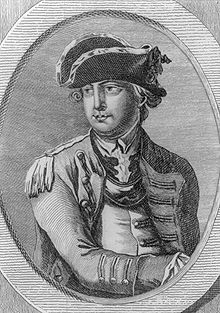The Men Who Lost America: British Leadership, the American Revolution, and the Fate of the Empire
by
In the years that I have spent studying the American Revolution I thought I had found everything I needed to find. I could write a narrative that started with the French & Indian War and continue through to the election of President Washington without so much as batting an eye. Then I came across this book and found out that I had only just begun the story. It’s easy to read about the people you know. We are taught about the Revolution as kids but quickly, almost as if the school system has somewhere else it needs to be. because of this quick overview, which leads into high school and even college level history the surface is barely scratched.
We know the name Cornwallis, maybe Gage and Howe. Clinton and possibly Burgoyne and Tarleton (or Tavington if you saw The Patriot). Basically we know names because they were the opponents of our chosen side and why should we spend time learning about the men that were on the losing side?
This book is one of several that I have come across that presents the struggle for America from the other side of the coin. It gets into British politics and how the fighting in America effected events back in England. It deals with the men who wore the red coats and what it was like to them to be fighting a war thousands of miles away from home that seemed to drag on forever. We also see how very few people in the British side knew who to deal with the Americans and the disdain that would eventually turn into a begrudging respect.
The author tells their story well and lays out the period in a way that makes you realize that there are in indeed two sides to every story. There are also lessons here that would have served the United States in its later conflicts has they chosen to pay attention to their own history (cough, cough Vietnam, cough cough).
Well written, meticulously researched and honest about the men that had the task of taming a rebellious people, and who failed. This book is highly recommended and could add depth to your knowledge of the American Revolution. as always clicking on the cover above will take you to the page where you can get yourself a copy!










